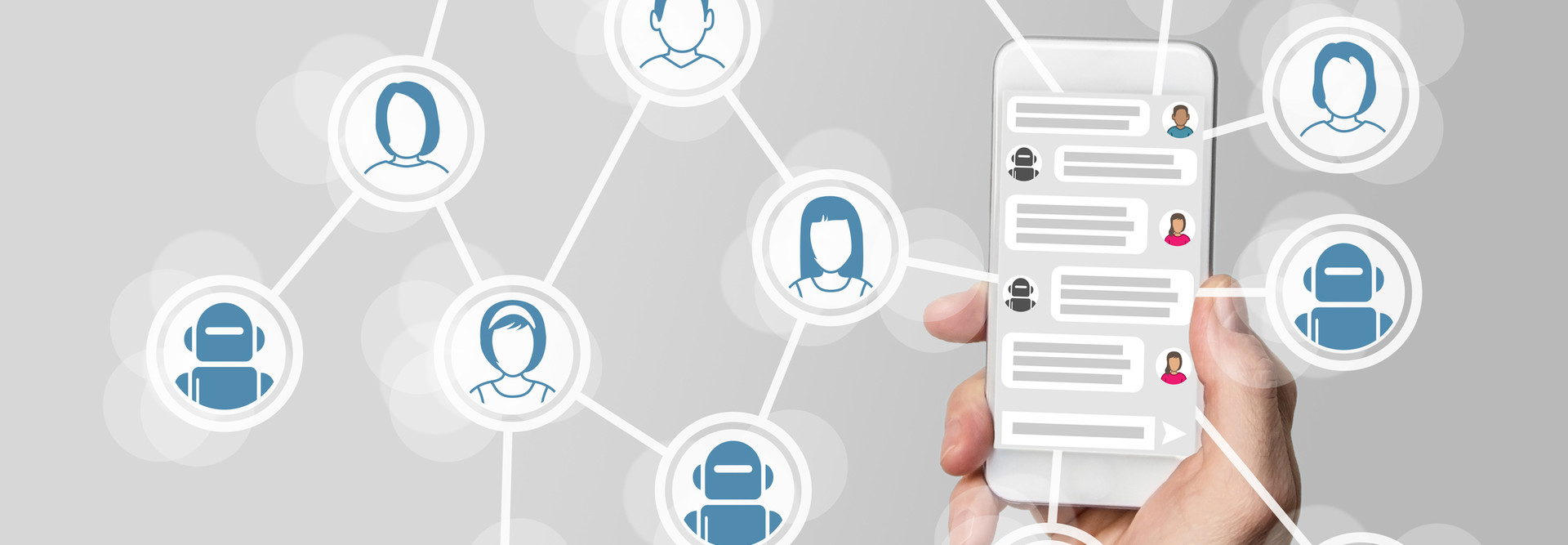Increasingly for Nonprofits, There’s a Bot for That
Chatbots powered by artificial intelligence are getting better and better at natural conversational interfacing, so it makes sense to use them to engage with potential donors and stay connected with existing supporters. That’s especially true of chatbots powered by artificial intelligence, which use machine learning to improve their interactions over time, as opposed to rules-based chatbots that have more limited interactivity.
MORE FROM BIZTECH: Check out 5 software tools for smarter donor tracking!
As The Chronicle of Philanthropy reported earlier this year, chatbots can help nonprofits achieve one of their most persistent and pressing agenda items: doing more with less. AI systems can help nonprofits get creative with outreach without increasing the burden on existing staff.
Chatbots Help Nonprofits Tell a Compelling Story
One nonprofit, charity: water, has used an interactive chatbot to give individuals a more personal understanding of water shortages in developing nations and how these affect the people who live there. The bot takes on the persona of a fictional young girl named Yeshi, who tells users about her long daily walk to get water and shares photos of her environment. The experience, in fact, lasts for two and a half hours, the length of time it might take for someone to walk to collect water for their family in one of charity: water’s focus areas. With a built-in ask for donations, the chatbot helps to solicit donors at a time when they may be most inclined to offer financial support.
WaterAid provides an even more comprehensive chatbot experience, as described by the Econsultancy blog. Its AI application lets the chatbot answer a variety of questions from users, in addition to providing videos and photos. As the blog points out, this depth of content makes it more likely that users will stay engaged with the chatbot and perhaps be more likely to give support.
Communicate with Supporters of the Cause Using AI
One of the most pragmatic uses of chatbots is augmenting staff capabilities by enlisting AI systems to help answer routine questions. The practice is well established in the business sector, and universities have seen success with AI assistants that can respond to admissions queries and provide other types of automated support. That type of solution can be a massive help for nonprofits with limited staff, helping them to expand their reach and increase the numbers of people — and the geographical locations — they are able to help.
Nonprofits can also tap bots for targeted communications when they want to engage supporters quickly and efficiently, without expending significant resources of staff time or, as with more traditional methods, cost-intensive advertising. The Climate Reality Project launched a bot that lets users sign up for action alerts via Facebook Messenger. Users then, as members of the Rapid Response Team, receive messages when there’s a timely opportunity to take action in the ongoing fight against climate change.
Chatbots Engage Users in Popular Text Messaging Apps
Climate Reality’s application works well because it engages an already committed base and it meets users where many of them already are: on Facebook. This feature of chatbots — their easy alignment with smartphone-supported text messaging systems — makes it likely that applications will expand quickly, in the nonprofit sector and beyond. That’s important because, as reported by Chatbots Magazine Founder Matt Schlict, people use messaging applications more than they use social networking platforms.
Although an AI system that can seamlessly interact with a nonprofit’s community may be simply a wish list item for now, the barriers to entry — both logistical and financial — will continue to fall as chatbots become more ubiquitous. To be prepared to take advantage of this capability in the future, nonprofit leaders should keep an eye on organizations that are using chatbots effectively, brainstorm potential applications that might be a good fit for their communities and stay abreast of best practices and resources.










